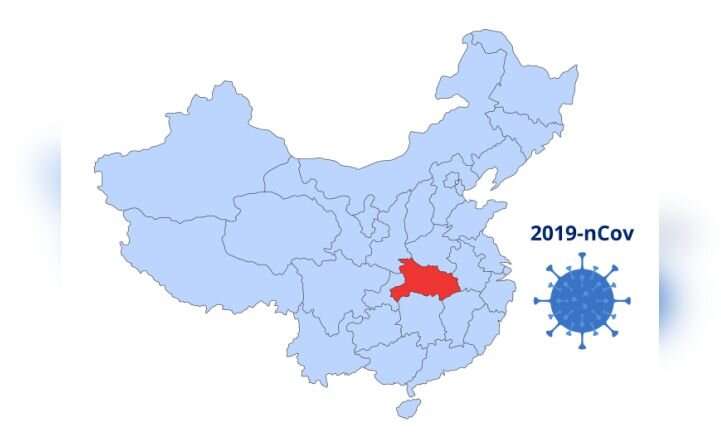Strong public health response in China slowed coronavirus transmission, study finds

Swift isolation and quarantine policies as well as city lockdowns imposed by the Chinese government in late January 2020 significantly decreased the transmission rate of COVID-19, new research led by the Yale School of Public Health finds.
Apart from these nationwide policies, public health measures implemented by provincial and local authorities since late January, such as mask wearing, social distancing, closed community management and restrictions on outdoor activities helped to further reduce the rate of infection.
Before these public health measures were implemented, it was estimated that one infected person on average could transmit the virus to 2.99 other people within a two-week span. This transmission number, known as the virus’ R naught or basic reproduction number, is a measure of how contagious it is. By February 2020, the transmission rate fell substantially to one person on average infecting 1.24 people in the epicenter of Hubei province, and to 0.61 people outside Hubei.
“The response of the Chinese government, while far from perfect, had a measurable effect on slowing the pandemic,” said lead author Xi Chen, associate professor at the Yale School of Public Health. “Many, many lives were saved within densely populated areas of China, and these measures also bought the world some time in their preparation for the pandemic.”
The study was published in the Journal of Population Economics.
By mid-February, the spread of the virus was largely contained in China, Chen said. Policy simulations created by Chen and colleagues suggest that, by the end of February, over 1.4 million infections and 56,000 deaths outside the epicenter province in China might have been avoided because of the national and provincial public health measures imposed in late January.
Without vaccines or effective anti-viral therapies, conventional public health measures continue to play a critical role in containing the spread of coronavirus. The research is believed to be the first published economics study analyzing large volumes of data to evaluate the benefits of specific public health measures taken by China.
This study underscores how important early public health interventions are toward flattening the curve and reducing virus transmissions. The study also offers insights for countries still on the curve of infection, providing a useful economic framework to assess cost-effectiveness of different policies, Chen said.
In China, no city outside Hubei province became hotspots of infections. After converting school dorms and hotels into mass quarantine facilities and building field hospitals, large-scale family clusters of transmissions were eliminated by adopting centralized isolation and quarantine strategies, Chen said.
Source: Read Full Article
